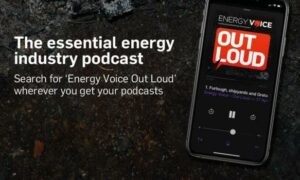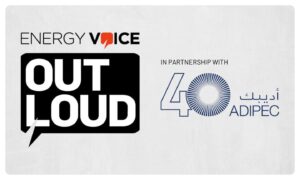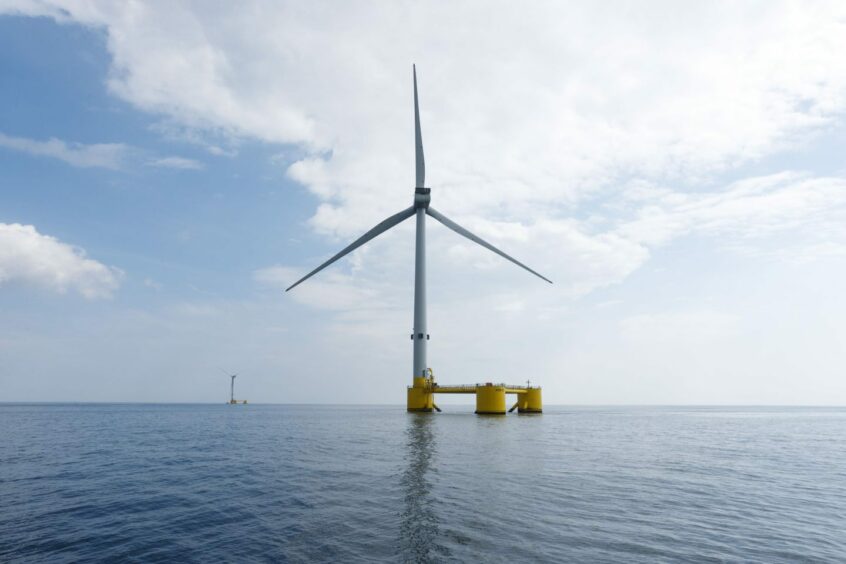
Welcome to the final episode of the second series of Gigawaters, a four part series exploring the impact of ScotWind. Brought to you by Sustainable Growth Voice and Energy Voice Out Loud, in paid partnership with Orsted.
This episode brings together SG Voice’s editor Felicia Jackson with Jane Cooper, director of offshore wind at Renewable UK, alongside co-host Duncan Clark, head of UK and Ireland at Orsted.
The ScotWind project, with a target of 11GW by 2030, could not only help Scotland achieve its 2045 net zero goals, but unlock billions in investment in Scotland. The project is a lens for the future and it highlights the challenges that we know we face in the net zero transition, from planning and grid management to supply chain and skills.
Scale is what’s transformative
One of the big issues is the size of the project, the megawatts under development and the amount of time it takes to get construction up and running – the real question lies in how to manage the lag between planning and deployment for the supply chain.
ScotWind has seen offshore wind step up to a new scale. As Duncan says: “That’s a new scale on each individual turbine, a new scale of each project and the array size, and also a new scale on the transmission assets that connect them into the grid. So technically, we took leaps and bounds towards really making a difference. And we did so commercially as well. So the cost of energy from an offshore wind farm came crashing down. So all of those lessons that got us to those gains, we’ve got to build on for the next decade. We’ve got to remember what drove that cost of energy down, what… delivered the efficiencies and do that at scale.”
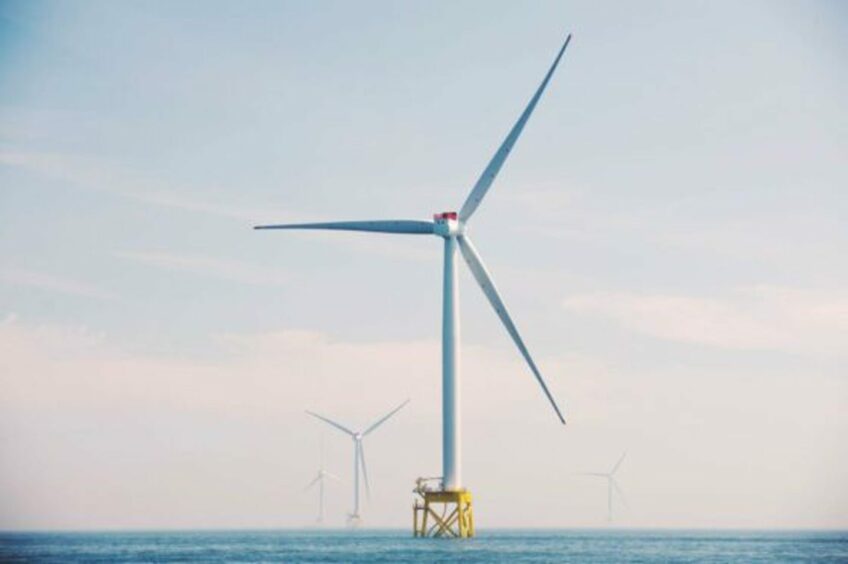
As Jane Cooper points out: “What we’re seeing is the planning challenges for building offshore wind…They are still large infrastructure generation, energy generation projects and they need to go through a lengthy planning process. ..We need the grid to be there, to be ready to connect the wind farms. We need the grid there to be able to connect to the wind farms, to be able to provide the energy to the homes and factories.” There is investment ready to go but what’s needed is the policy and regulatory environment that will allow this to happen.
What that scale, and the impact on costs, does is drive momentum and while that is a genuine positive its got to be remembered that that momentum is being felt around the world. Demand is ramping up, so the supply chain and the available skills have got to match the scale of the enormous projects in development.
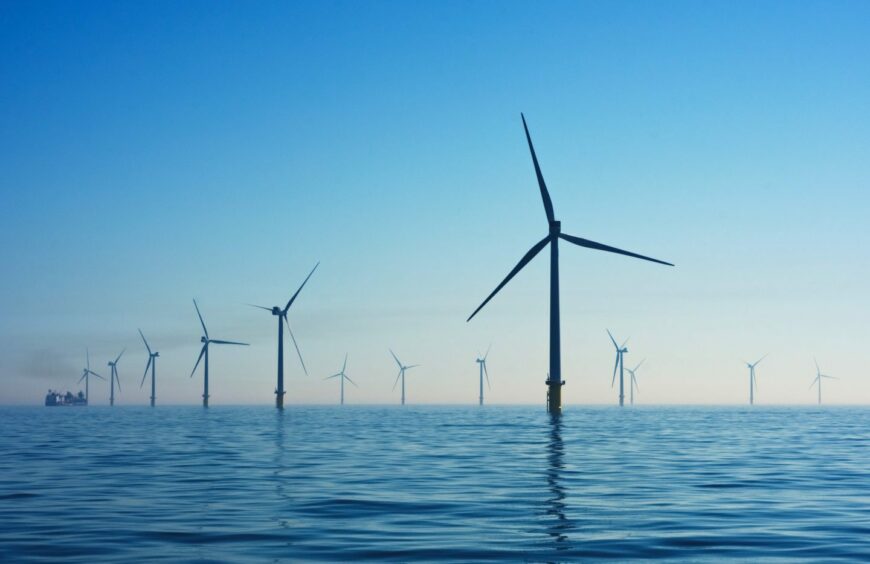
This led to a great discussion about the impacts of the way ScotWind was organisation and the approach taken by the different governments, Crown Estate Scotland in managing the supersizing of the project. What’s fascinating about the whole process is that everyone pretty much agrees on a net zero future, they just all seem to disagree with what that looks like and how to get there.
Building collaborative models
One element that came up a lot was the importance of collaboration. There’s been a collaborative framework between industry and government for three or four years, but the amount of offshore that needs to be delivered has almost doubled over that period. That makes it critical to communicate and collaborate effectively around the challenges – as Jane says: “We need to find the way through it with maturity and sensitivity.”
At the same time it’s about marine management. Strategic planning for the future is necessary, and the importance of foresight and planning remain key but the role of collaboration as a pathway to success is a new one for many players in the marketplace. This has been a necessary part of building out a new industry, such as offshore wind, but its vital to expand this across the entire marine infrastructure, from local communities, to the boats to those constructing the wind farms.
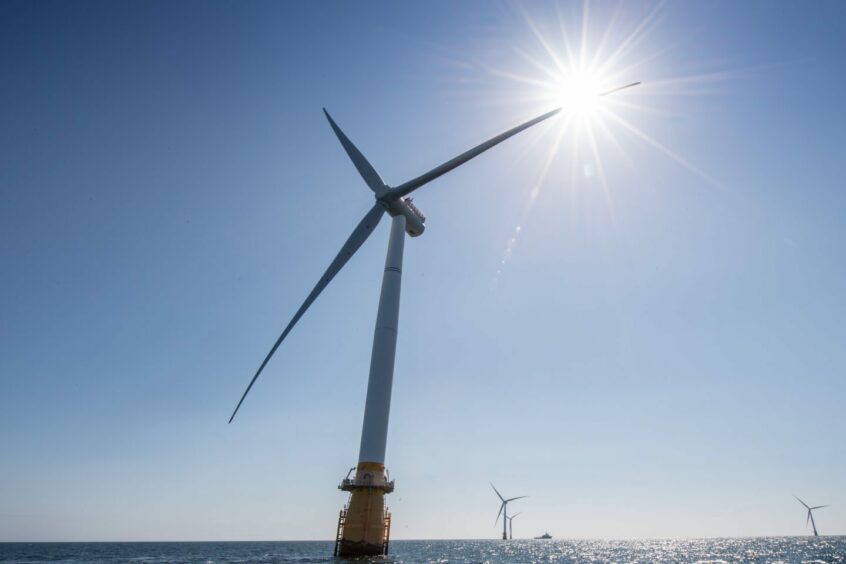
There are recommendations from Tim Pick’s report, some of which are for government and some for industry – and it looks like everyone is working through them. Its not that they’re new its that they allow us to coalesce around a document and work through what to do about planning, the grid, supply chain and skills. What we do know is that investors, and industry, need regulatory certainty to enable long-term planning.
What matters is building a pathway forward that everyone who works offshore can believe in and build on – the conversation ends on a positive note, with acknowledgement of the joy that can be attained through collaboration, the building of trust and giving people a sense of purpose and ownership of the changes that are taking place.
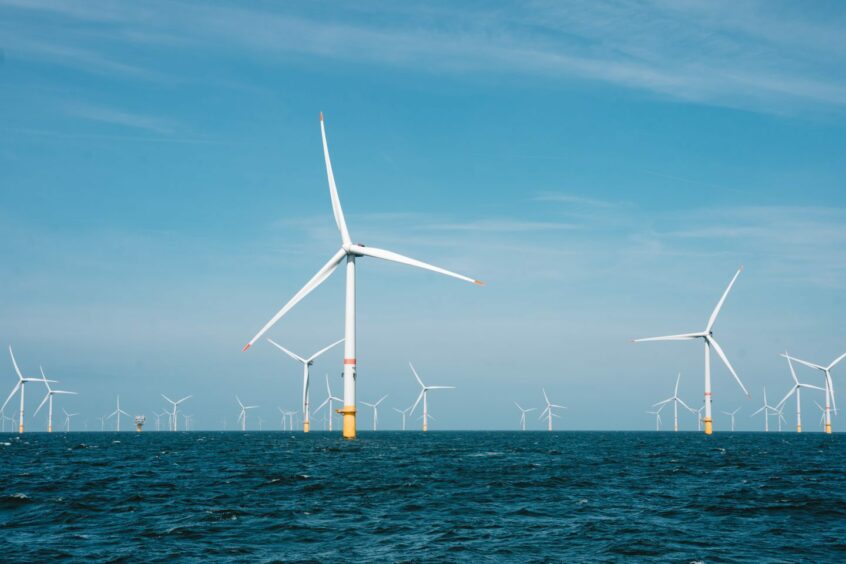
You can find this episode of the Gigawaters on Apple Podcasts, Spotify and Google Podcasts.
Recommended for you

